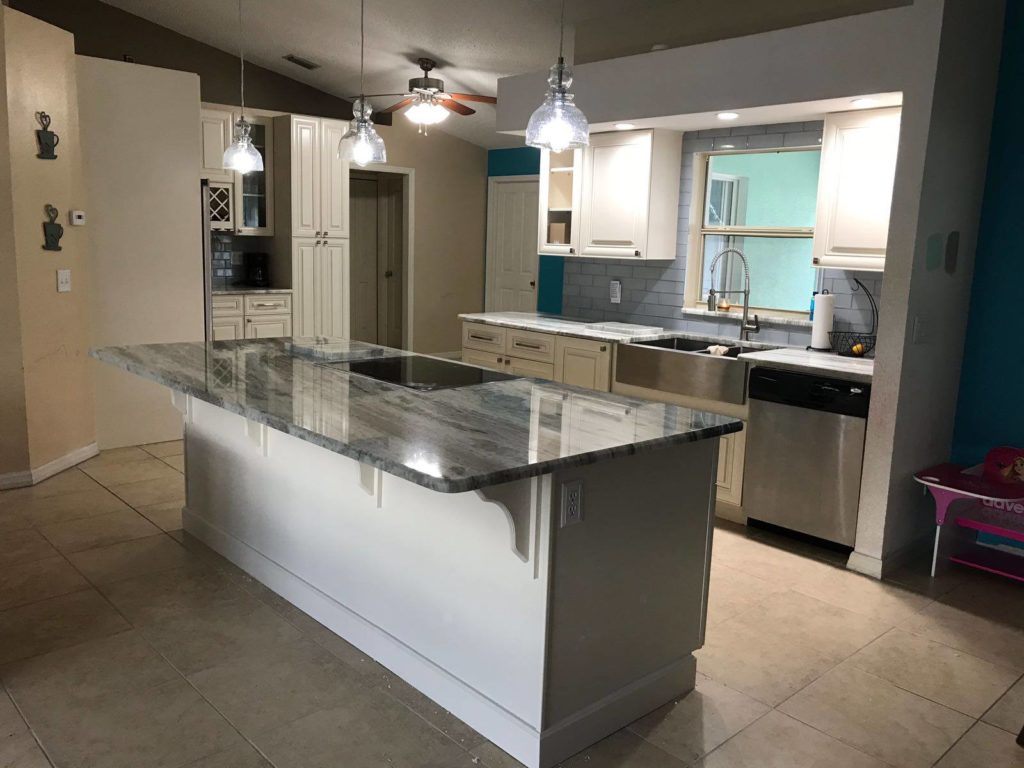Tips to remodel your kitchen in Florida
Remodeling the kitchen is a big step, there are several factors that need to be considered, before proceeding you must take into account the time the work will last, the investment of money that you will make and, most importantly, the level of need that there is do the remodeling. Before you start, consider the following: 1) If you want to change the floors, you must think very well what type of material you will use, the kitchen is one of the places in the house where we circulate the most daily, therefore, the floors must be resistant to wear, look for materials like ceramics and granite. Something very important that you have to take into account is that approximately between 6% and 10% of the budget for the remodeling can go on the floor, choose the materials very well. 2) The kitchen tops are another issue that must be taken care of, in the market there is a wide variety of materials from which you can choose, depending on the design you have in mind, colors and textures vary. The most advisable thing is to have two or three visual plans of how you want your kitchen to look in case you do not get the material you want or it exceeds your budget. 3) With regard to the shelves, especially if you have children at home, it is necessary that they have a security system that does not allow them to open easily to avoid accidents. Remember that in matters of storage and organization, the more shelves and places you have to store your food much better, think functional rather than aesthetic. 4) What to do with the walls? Kitchens are usually places prone to accumulate grease residue, the easier they are to clean the surfaces much better for you. The most recommended especially in the area where the kitchen is located is to place a type of material easy to clean, you can use granite, tiles, ceramics, steel and even synthetic materials. Never use wood, wallpaper or rubber paints in this area, heat, grease and time can deteriorate the surface very easily. 5) Prepare an action plan before starting the remodeling, think about all the ideas you have for your kitchen, make a list of your essential needs in terms of design and discuss them with your advisor or architect. 6) Be realistic, the kitchen is an indisputably indispensable area of the house, keep this in mind when remodeling, depending on the amount of changes that you want to make, the time that the work will last for long periods of time. Proceed with the remodeling in short and distant periods, it will help you to keep organized the remodeling of your kitchen, it is true, it will take much longer than you had thought but it will be much easier to adapt to the change. Tips to remodel your kitchen in Florida
Tips to remodel your kitchen in Florida Read More »
